Create your own painting using Piet Mondrian’s ideas or style.
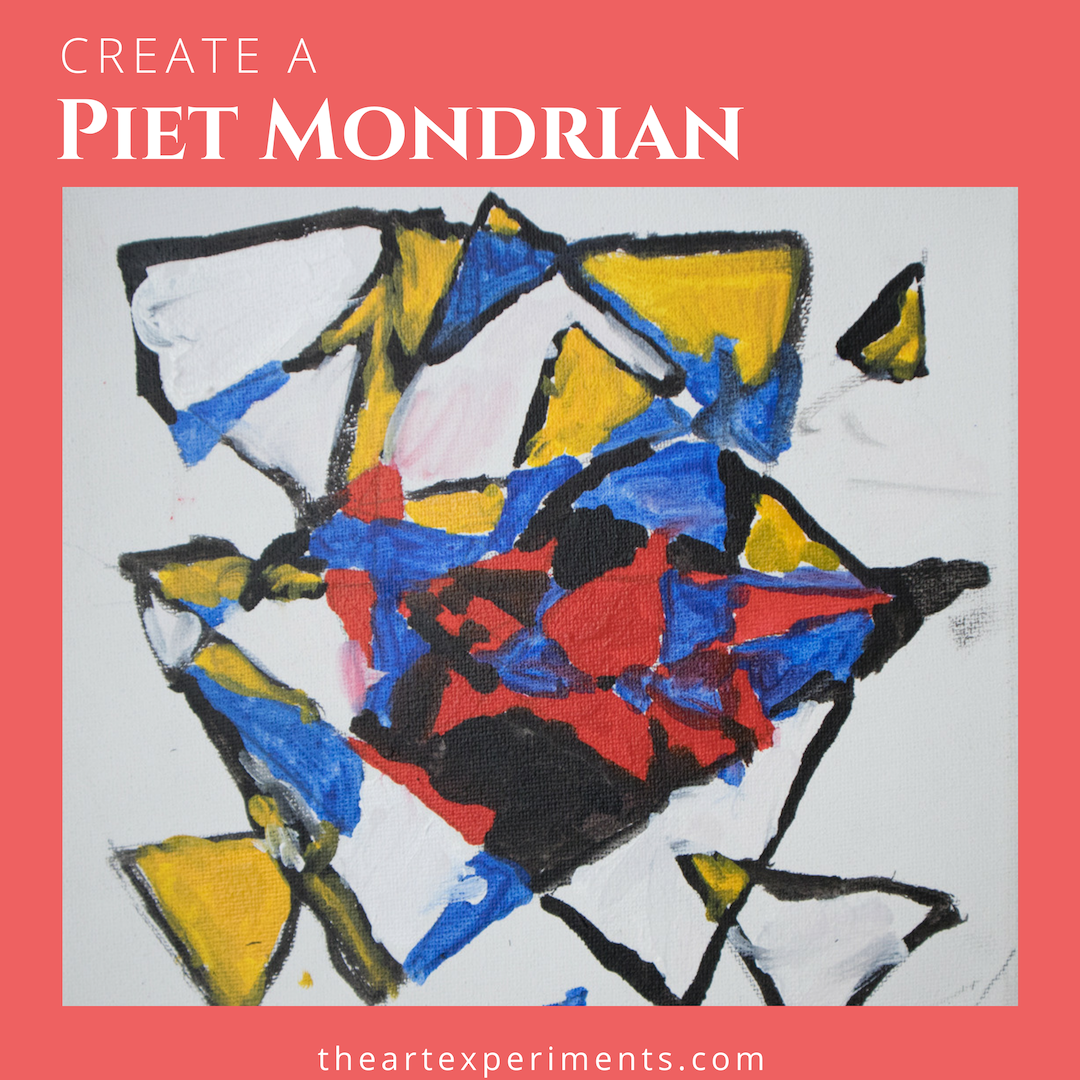
First, I talked to my girls about Mondrian’s ideas – balance, colors, the fundamental essence of life. I didn’t suggest that they copy a Mondrian painting. Instead, I asked them, what are the basic colors and shapes that make up the world? After thinking about it, they made some preliminary drawings and then started painting. Their paintings are all very different.
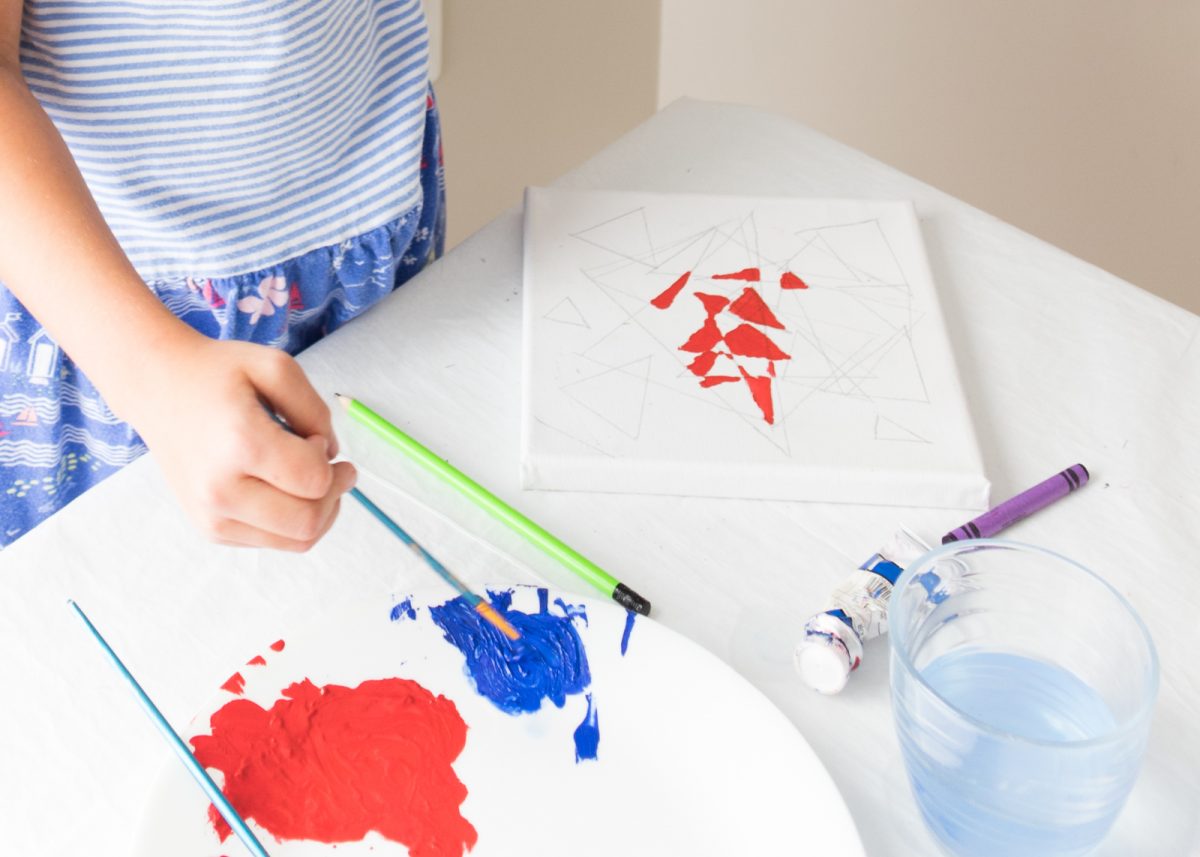

My oldest decided primary colors are fundamental, but that rectangles rather than squares are the basic shapes.
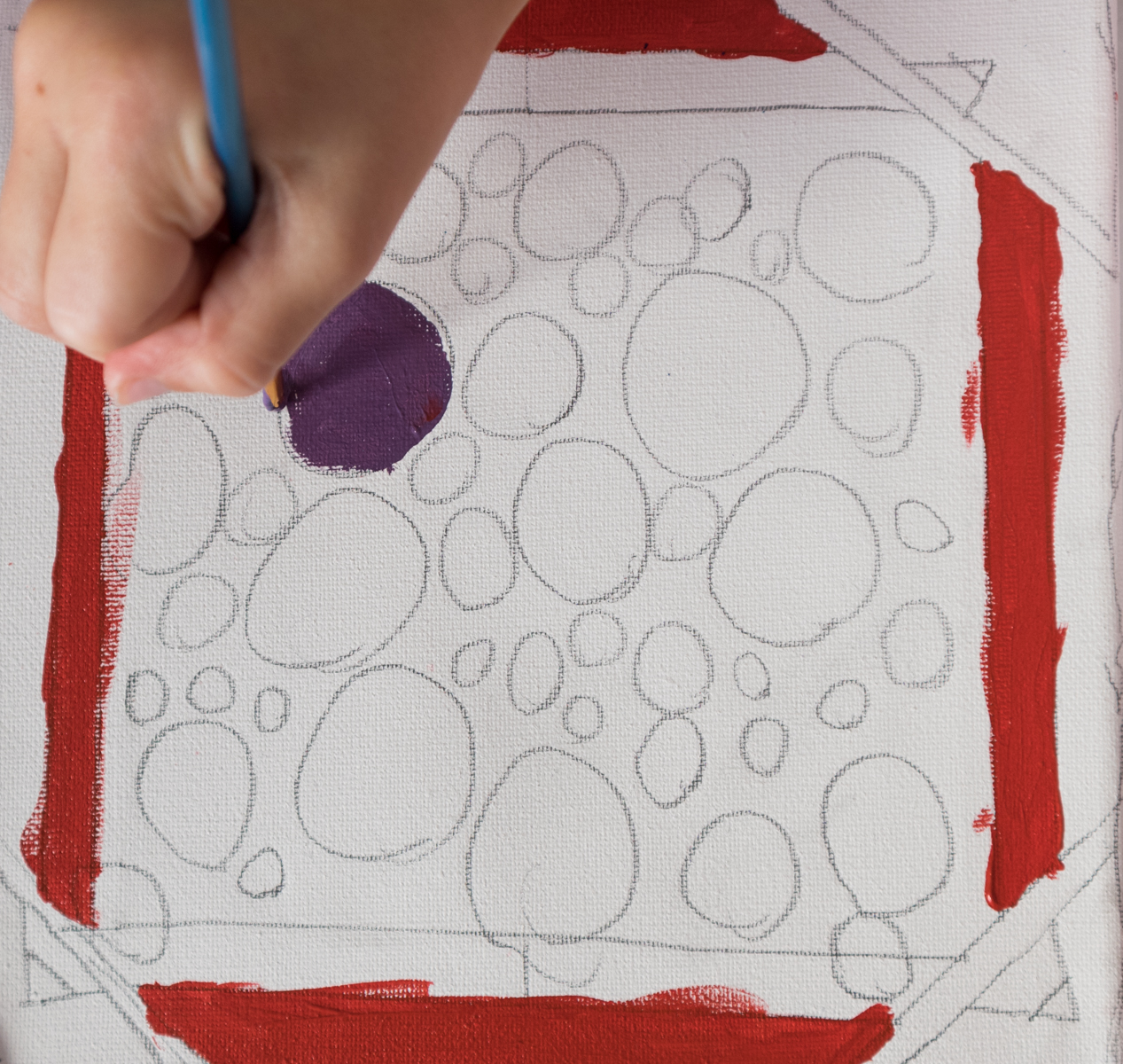


It’s interesting for me to see that my second child’s finished painting is completely different from her preliminary drawing. Ideas evolve! Her painting also reminds me of this painting (far right) by Barnett Newman which she had seen before.
I really liked my youngest’s painting. Her underdrawing, in crayon, is a house with a tree and person – the fundamentals of life. She didn’t stop there. She painted over the entire drawing with purple paint. Does that say something about her universe?
Supplies:
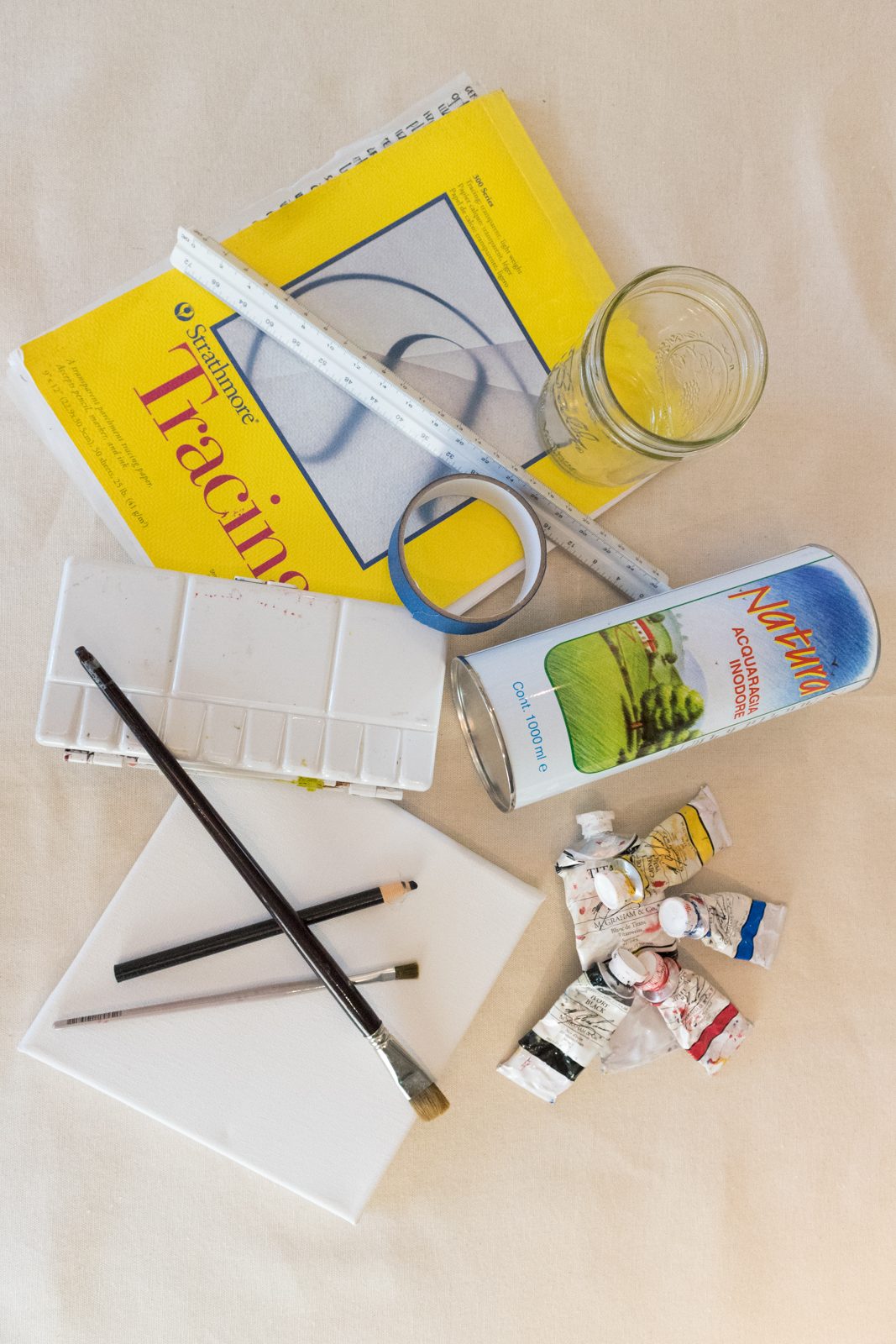
- Tracing paper
- Charcoal
- Primed canvas
- Oil paint (red, blue, yellow, white, black)
- Paint thinner
- Brush cleaning jar
- Paint brush
- Masking tape
- Ruler
- Pallet
This study shows which paints Mondrian actually used.
A few notes before you start painting:
Mondrian used strips of transparent paper to determine where he wanted to draw his lines. Then he drew the composition onto a stretched, primed canvas with charcoal and a ruler. He was looking for asymmetrical balance. The color was secondary. He sometimes let others choose where the blocks of color would be, but they were always primary colors. Later, he used colored tape to decide where he would paint colored lines and color blocks. He also painted over portions if he changed his mind about the composition, color or width of the line. The black lines were painted thinly. The white and colored areas have a heavier build-up of paint. The white areas are generally not stark white. They look light blue or grey. Some think this may be from changing the underdrawing so many times. Also, the primary colors are more complex than they may seem. For example, Mondrian used different reds (some were more opaque than others) to achieve the color value he wanted. Here we go! Have fun!
Color Block Painting:
1. Lay primed, stretched canvas on table (Mondrian’s canvas was flat on the table while painting, not vertical on an easel). Determine composition using transparent strips of paper or tape. My husband and I had a Mondrian painting date and tried both methods. He used the transparent strips to plan his painting and I used tape.
2. Draw composition with charcoal and ruler onto the canvas.
3. Revise until satisfied. My husband and I used different methods for revision. In the first image, he smudged outlines he didn’t want. In the other images, I moved around the color to give myself a better idea of what it would look like.
3. Apply a little paint thinner to your brush and mix it with the color you are using at the time to get the consistency of paint you would like. Paint black areas. Although oil paint takes a long time to dry, I recommend waiting until the black lines are completely dry before moving on to the next color to avoid unintentionally mixing colors.
4. Paint white areas. Paint colored areas. After the paint is dry, paint over any areas, revising the painting until satisfied.


So, how was it? Did you end up with something that looked similar to Mondrian’s iconic paintings or something else? Every time I paint something I think, Wow! Thank was harder than I thought it would be!

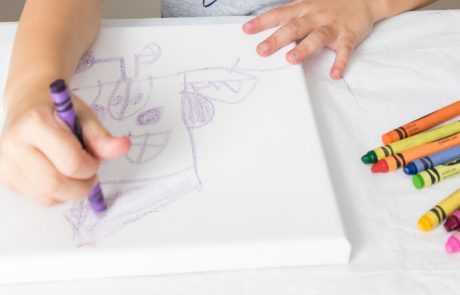
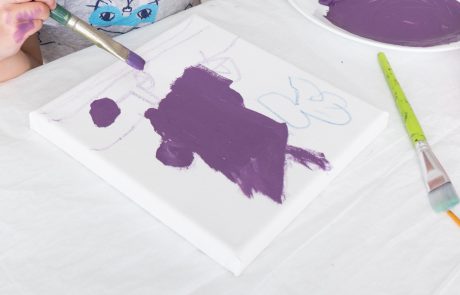
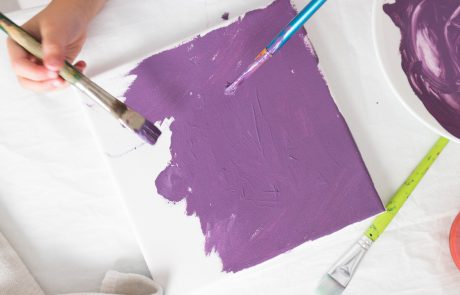
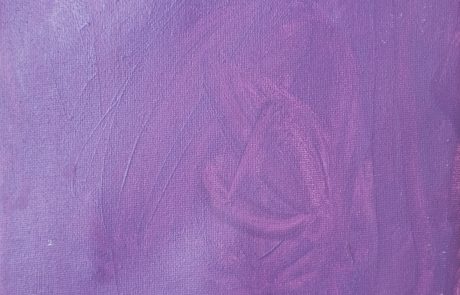






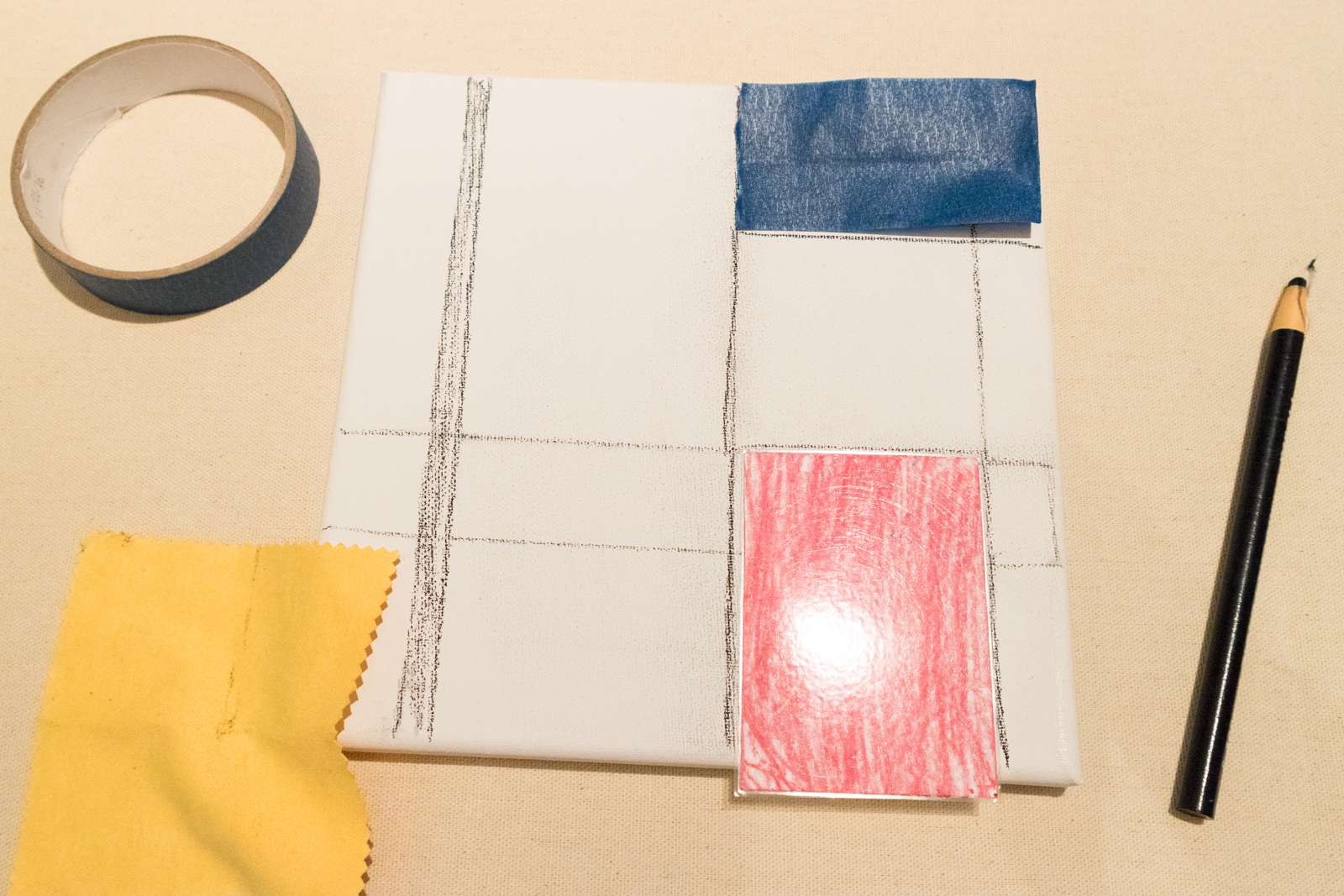
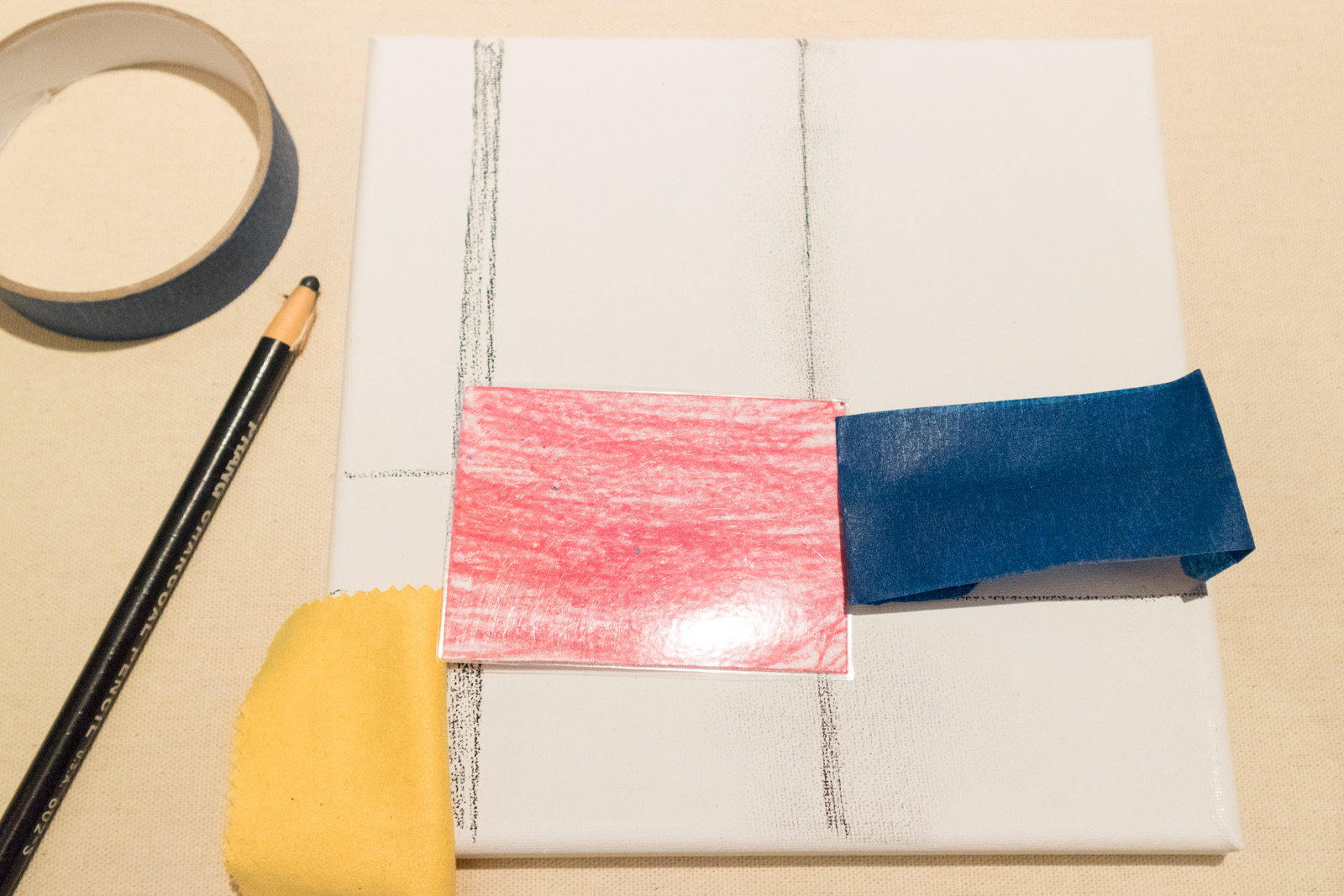


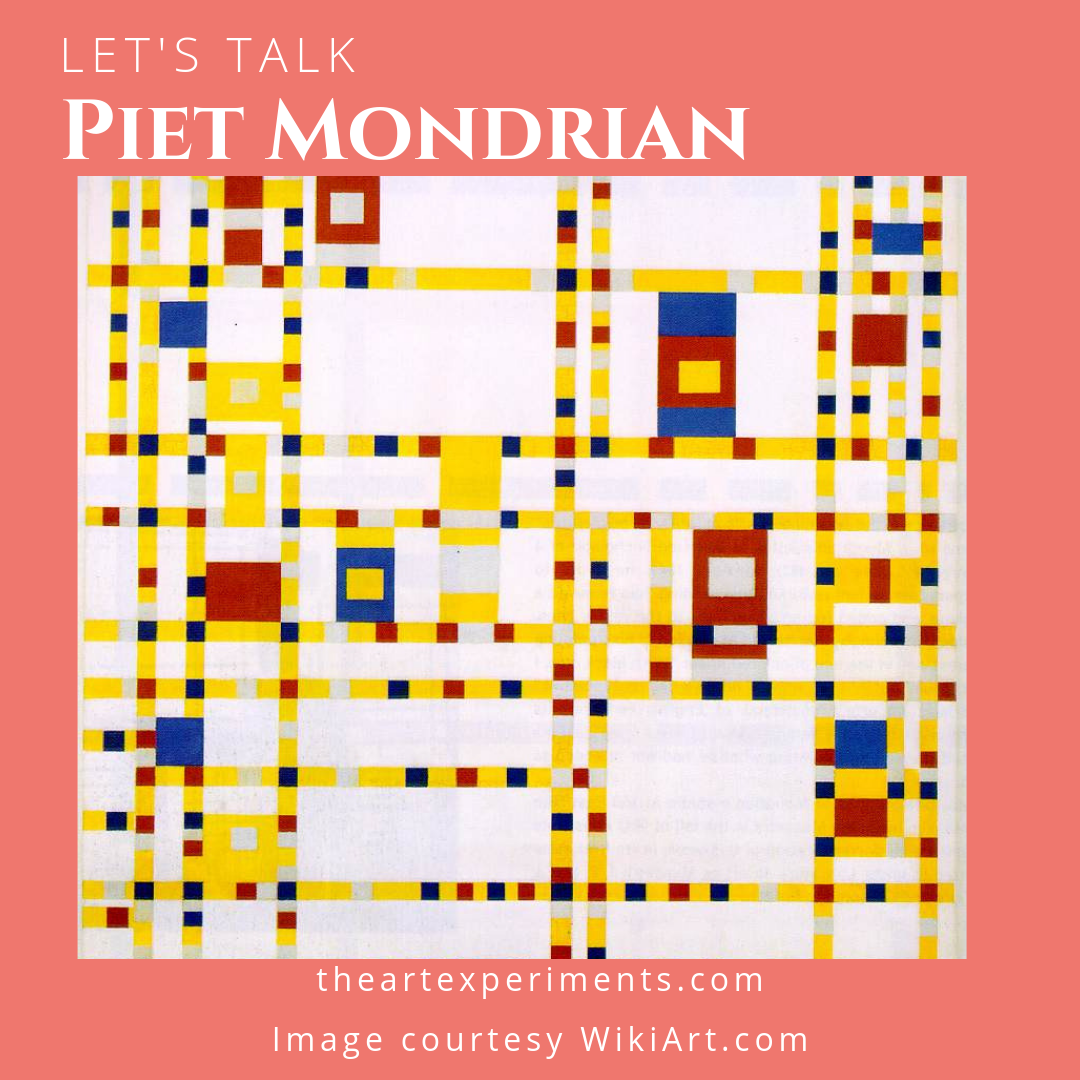
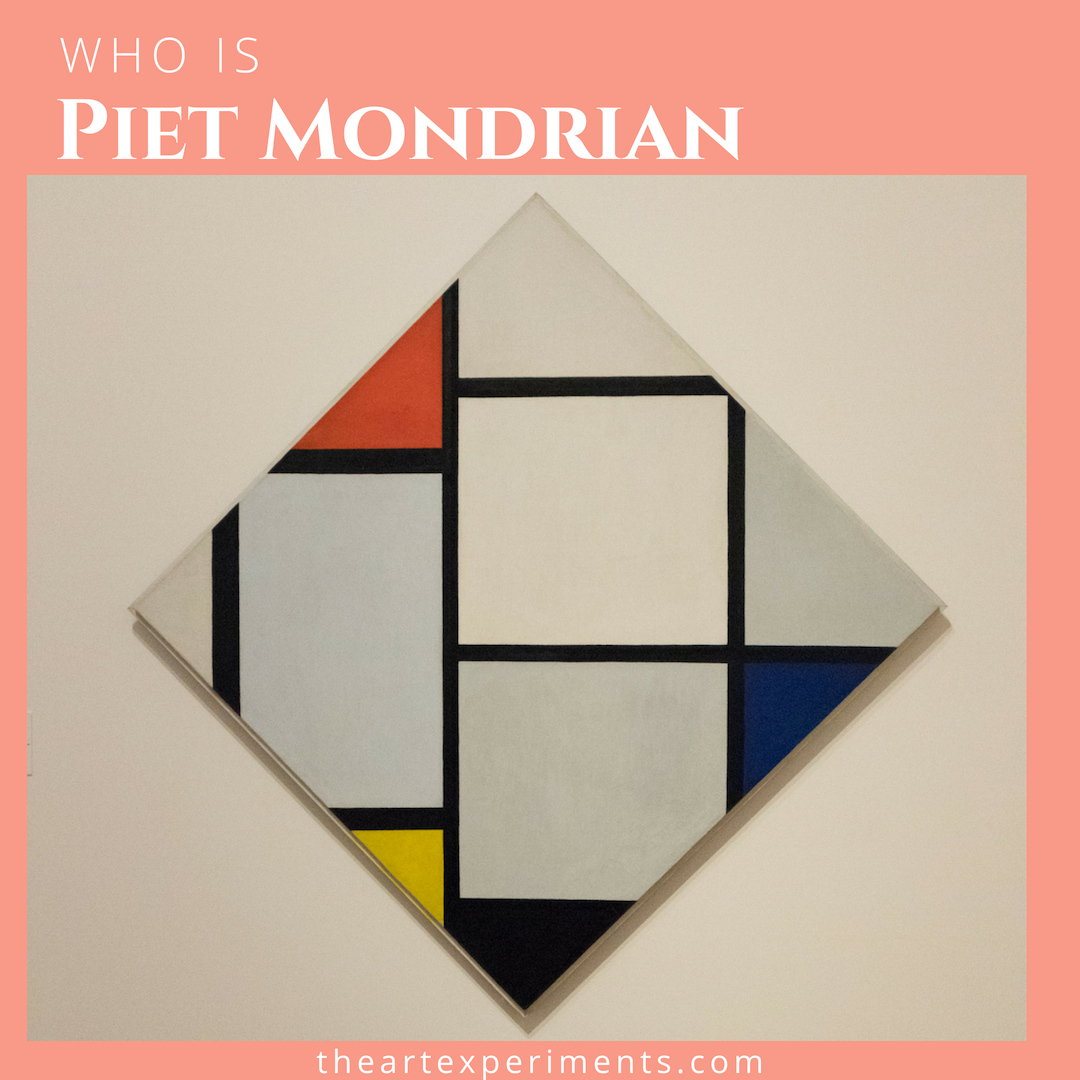
Oooh! I love these art experiments! Thanks for the inspiration and instruction. I’m going to try this.
Thanks, Anna! I would love to hear how it goes.